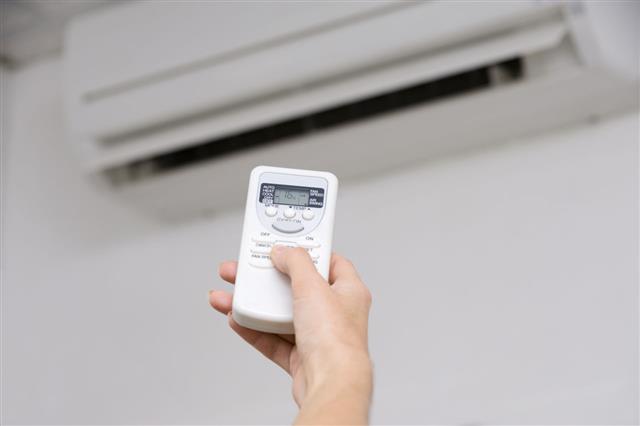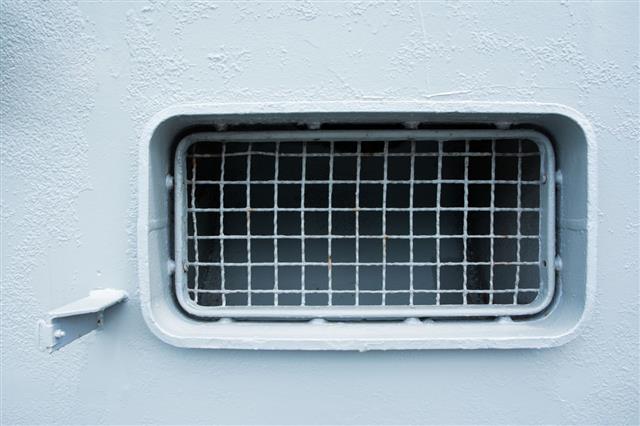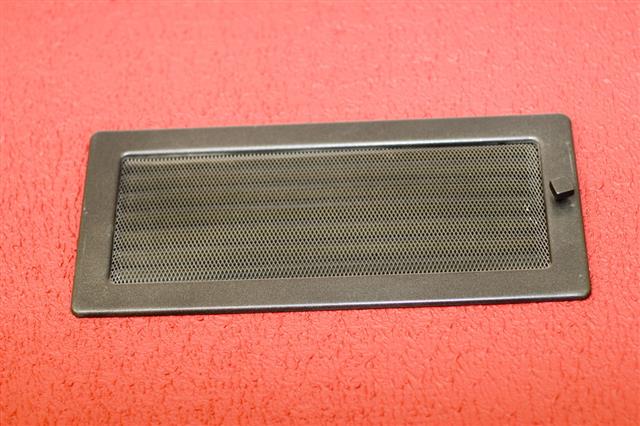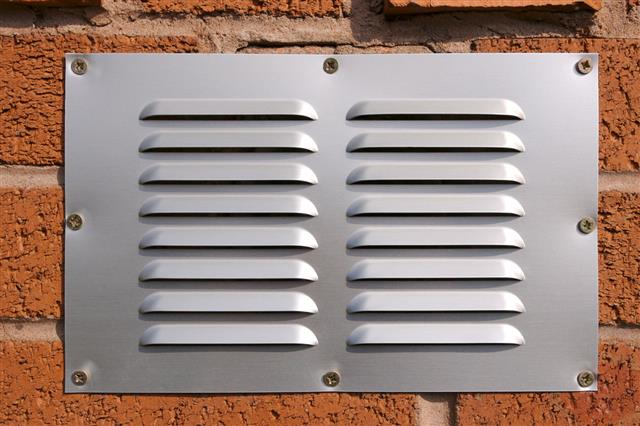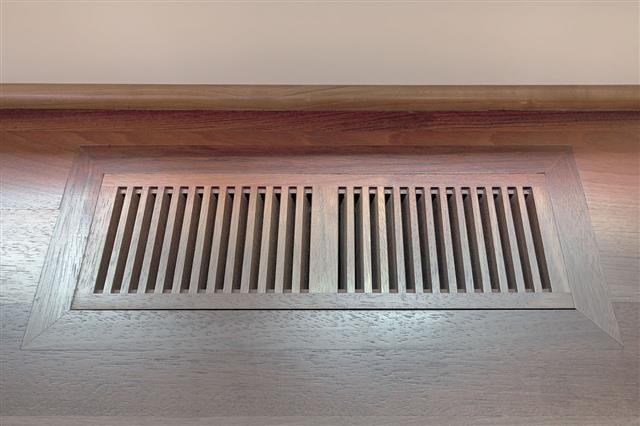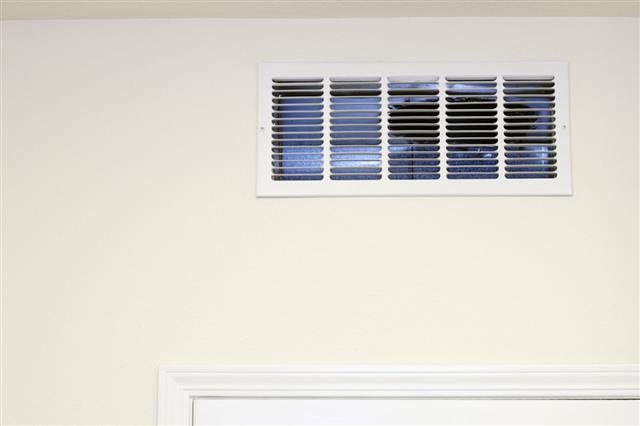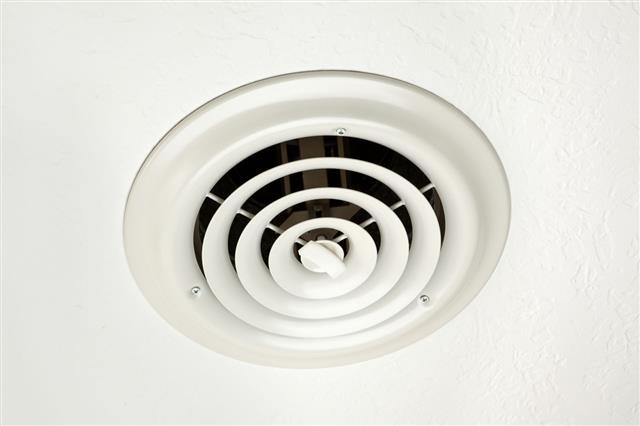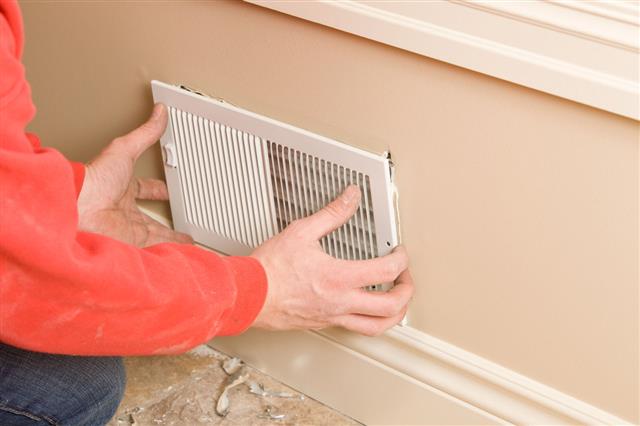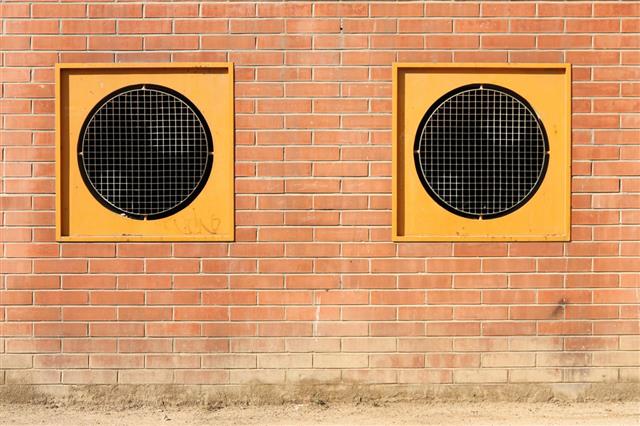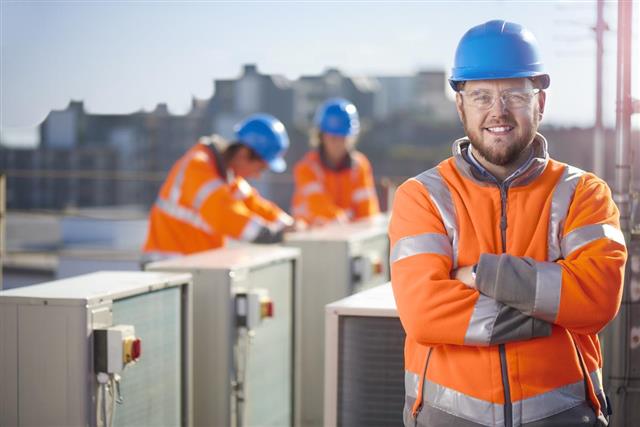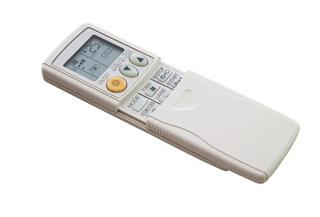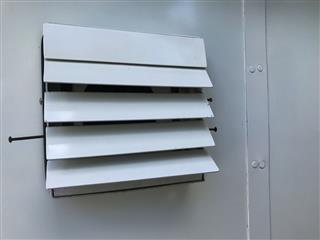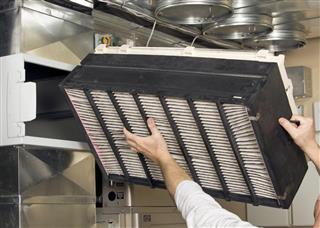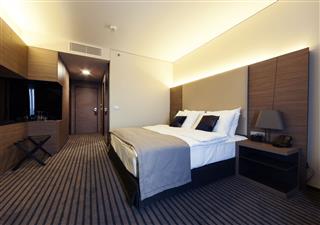
Today, HVAC systems have become a standard installation for regulating the temperature and air quality in most buildings and automobile cabin spaces. We shall find out what an HVAC system actually is, and how it works.
Did You Know?
HVAC systems are popularly referred to as ‘climate control’ systems.
The moods of mother nature are beyond human control. She fries us in sweltering heat when we may want to cool, and freezes us to ice when we may want warmth. It certainly is tough love, but through it she has taught us to fend for ourselves and fulfill our own needs. And so, in order to gain control over our environment, we have developed the HVAC system.
Multiple independent researches have proven that human beings live and perform best at ambient temperatures of 22ºC/71ºF. Few places on Earth have temperatures in this vicinity, and even if they do, it is subject to change depending on the weather conditions.
However, even though we may be unable to control the temperatures outside, using an HVAC system, we can completely control the temperatures of the spaces inside our vehicles and buildings. And not just that, modern HVAC systems also allow us to improve the quality of the air that we breathe, adjust the ambient moisture content, and perform a number of other adjustments to tweak the environment, so as to further increase our comfort-levels within our spaces.
In the following sections, we shall find out what an HVAC system is, and how it works in helping us gain complete control of our environment.
What is HVAC?
HVAC is an acronym for ‘Heating’, ‘Ventilation’, and ‘Air Conditioning’. These systems are so-called because they comprise all these three capabilities in a single installation.
The main purpose of HVACs is to provide thermal comfort by maintaining comfortable temperatures within an enclosure, such as a car or a building. They circulate air within the enclosure, and also allow ventilation to take place by expelling used air from inside and bringing in fresh air from outside.
In addition to these main functionalities, modern HVAC systems provide many other useful features, such as humidity control, air-filtration, oxygen replenishment, pressure control, etc.
HVACs, today, have become a standard part of the design of medium to large office and industrial buildings. They are commonly used in mid-segment, luxury cars, and other automobiles. These systems are also being increasingly used in modern homes and residential spaces.
How Does an HVAC System Work?
HVAC works by utilizing the three core processes of heating, ventilation, and air conditioning (cooling). This system comprises individual units dedicated for providing each of these functions. These individual units are all controlled by a centralized electronic control system. The following schematic diagram represents the major components of an HVAC system.

Let’s examine the working of each of these.
Heating
In colder regions, to maintain a comfortable environment inside a car or a building, HVAC makes use of its heating unit to raise the temperature of the air inside the enclosed space. This heating unit mainly comprises heaters and heat exchangers.
Heaters are appliances that are capable of generating heat. The size and capacity is usually proportional to the size of the premises that is required to be heated. For large buildings, a central heating system is utilized, which may include a boiler, furnace, water heat pump, and steam generator. They can run on a solid, liquid, or gaseous type of fuel. Such heaters are usually located in the furnace rooms at homes, or in the mechanical rooms in large complexes.
Some HVACs, especially those designed for smaller paces, such as the cabins of automobiles, may use high-resistance heating ribbons, which convert electricity to proportional heat energy. Electric heaters are even used as backups in heat pump systems.
The heat generated is transferred via convection, conduction, or radiation. Usually, water is heated and sometimes even converted to steam. It is then transported to the target area to be heated by means of a circulator (pump) via insulated pipes. The heat from the water/steam is transferred to the air within the target area with the help of radiators, hot water coils, or other heat exchangers.
Some heating systems heat air, which is then transported to the target area via air ducts.
Air Conditioning
When the temperatures outside are hot, HVAC makes use of its air conditioning unit to lower the temperatures inside the target spaces to acceptable amounts. This unit is responsible for cooling the air within a car or a building, and also for maintaining the right levels of humidity.
Air conditioners use the process of refrigeration for removing heat from the air within the target space to be cooled. Refrigeration requires refrigerants, which are basically mediums for heat absorption, conduction, and transportation. They can be water, air, ice, or other chemicals.
The refrigeration cycle requires four key mechanical elements to work.
a) Compressor: The refrigerant begins its cycle in the gaseous form. The compressor is used to compress the refrigerant gas, pressurizing it, and raising its temperature.
b) Condensation Coil: The hot, high-pressure refrigerant gas then flows into the condensation coil, which is a heat exchanger located outside the target area. The condensation coil helps dissipate the heat of the refrigerant gas to the exterior environment, causing it to change to a high pressure, but significantly cooler liquid.
c) Expansion Valve: This is used to regulate the flow of the liquid refrigerant in the evaporator, thus decreasing its pressure.
d) Evaporator: The evaporator is a heat exchanger present within the target area. An accompanying blower sucks in the warm air from the target area, and blows it over the evaporator. With pressure removed from it, the liquid refrigerant starts converting back to a gas, and in doing so, it absorbs the heat from the air blown over it. Thus, the air is effectively cooled, while the gaseous refrigerant moves back to the compressor to repeat this cycle again.
Dehumidification: Dehumidification is the process of removal of additional moisture from the air within the target space. This functionality is provided in an air conditioner by the evaporator itself.
The temperature at the evaporator is below the dew point, and so, the moisture in the air condenses on the evaporator coil. From there, it is collected and removed by a pipe connected to the central drain.
Some HVACs even employ a dedicated dehumidifier for this purpose.
Ventilation
The laws of heat exchange state that, heat always moves from a hotter region to a colder region. This means that, when the air inside a target space is heated, it will try to escape outside where the temperature is colder. Similarly, when the target area is cooled, the heat from outside will try to move within it. Both these occurrences would defeat the purpose of the HVAC system, and so, all the openings in the target space, including the doors and windows, are thermally sealed and kept closed as much as possible.
The downside of this is that, it hampers the natural circulation of air within the target space, and also prevents it from being exchanged with the outside air. This can result in the air becoming contaminated over time, and cause the growth and spread of airborne diseases.
HVAC systems therefore comprise a ventilation unit, which causes mechanical or forced ventilation to take place. This system consists of a number of elements, including fans, air ducts, dampers, and electronic control systems.
The ventilation system works by exchanging air from the interior with the outside air, and also causes air circulation to take place within the building. It also removes moisture, odor, dust, carbon dioxide, bacteria, and other air contaminants, and replenishes the interior air with oxygen.
Types of HVAC Systems
There are mainly four types of HVAC as described below:
Heating and Air Conditioning Split System:
This is the traditional HVAC system, which comprises separate heating and air conditioning units. Typically, the heating unit makes use of a gas furnace, while the air conditioning unit runs on electricity.
Hybrid Heat Split System:
This system includes a heat pump, which makes it possible to use electric energy in addition to the gas furnace for heating. This facility makes this system more energy efficient compared to the traditional split one.
Duct-free Split System:
As the name indicates, this system does not have the traditional ducts, and can be used in places where conventional systems having ducts cannot be installed. These systems are ideal for old homes and buildings lacking the provision for centralized heating and air conditioning.
Packaged System:
For homes and buildings which lack enough space to accommodate the separate individual units of the typical HVAC system, one can opt for a packaged system, which comprises all separate units packaged into one compact installation.
Cleaning and Maintenance
For proper and efficient functioning of an HVAC system, it is important to perform regular maintenance on its various components. It is best to let a qualified technician/engineer perform the maintenance work. These would include:
- Checking the thermostat and adjusting its settings.
- Checking voltages on the various electronic components to ensure their proper functioning.
- Lubrication of the various moving parts, including the pump motor, compressor, and the fans.
- Inspecting the air ducts, condensate drains, and other tubes and pipes to get rid of any clogging.
- Checking, cleaning, and replacing (if needed) the air filters.
For smooth and safe operation of boilers and furnaces, proper, regular maintenance is a must. This will involve oiling the pump, removing dirt and grime, bleeding and cleaning the radiator, checking of water level (for boilers) etc.
For an electric furnace, the maintenance work would involve the inspection of the exhaust outlets for any corrosion, leaks, or back drafts. The fuel lines will need to be inspected, and proper and secure connections will need to be ensured. Last but not the least, burners will have to be checked for soot accumulation, and the heat exchangers for any developed cracks.
The maintenance for an air conditioner will involve cleaning the conditioner coils from inside as well as outside, checking and refilling (if required) the refrigerant, cleaning as well as calibrating the blower for proper air flow, etc.
The ventilation system, including the fans and air ducts, will also need to be cleaned. All the electronic sensors and controllers will also need to be checked and calibrated (if needed).
Thus, by heating, ventilating, and conditioning the air within a given space, the HVAC system works at providing a comfortable environment for human beings to live and work in. These systems use a lot of energy, which significantly increases their running cost. They also require periodic maintenance and cleaning, which further adds to the expenditure. Even so, they are essential, especially in large complexes and certain specific spaces such as automobile cabins. Currently, efforts are being made to improve their efficiency, and so we can expect to see these systems become even more prevalent and common-place in the days to come.

